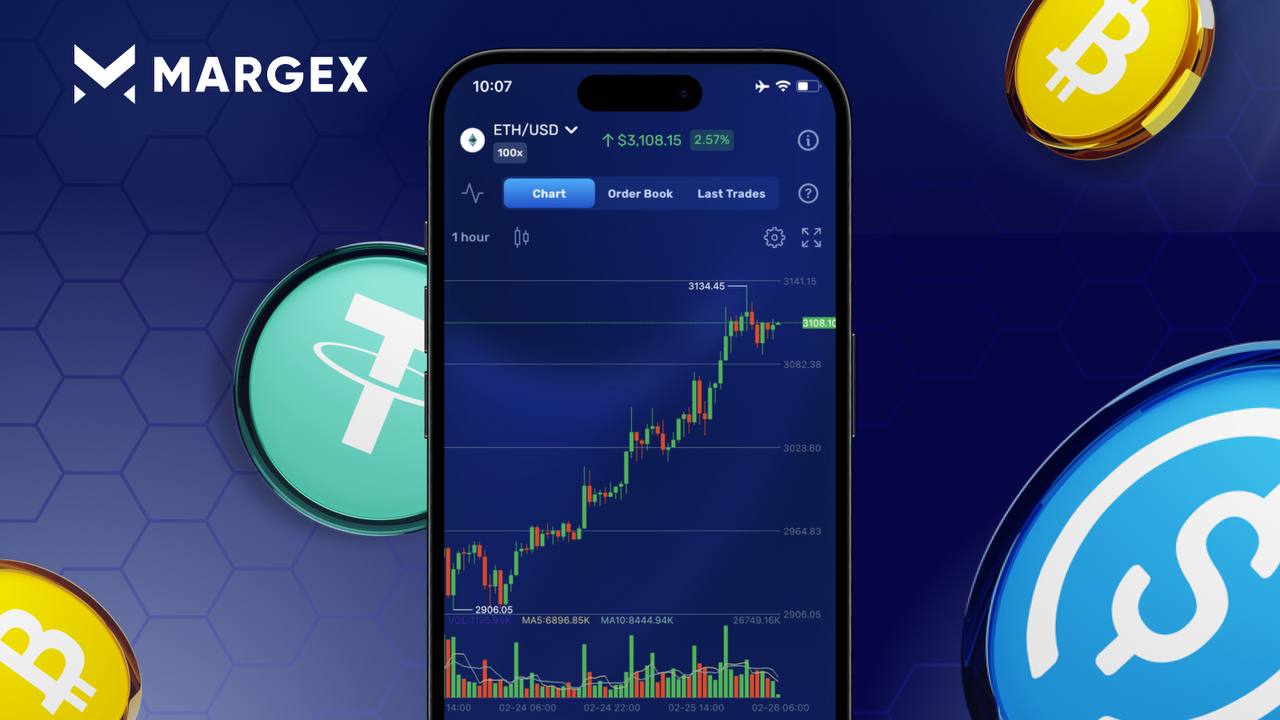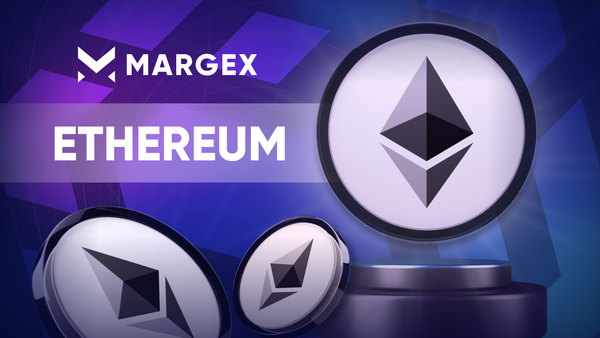Scalability has been one of the major issues for Ethereum. From time to time, the second largest blockchain faces congestion when too many transactions await to be verified at the same time as a result of a major utility increase for this network.
This poor scalability of Ethereum allowed rival developers to claim that they will create “Ethereum killers” and first the EOS blockchain appeared (now almost forgotten), then Solana (SOL).
Ethereum developers led by Vitalik Buterin himself have been thinking hard on this issue and offered various solutions. One of them is called sharding with all its modifications, such as danksharding and proto-danksharking, which followed later.
Here’s What Sharding, Danksharding and Proto-Danksharding Do
Sharding allows one to at least try and solve Ethereum’s scalability problem. This technique splits the chain into smaller parts (segments, if you will) – shards. This helps to make the process of transaction processing easier by distributing it.
Sharding increases the general capacity of Ethereum, raises the network’s speed and makes it much less vulnerable to failures and outages. However, Sharding also causes potential security risks since there are fewer validators working with each shard and so challenges arise that make data migration from one shard to another rather difficult.
As for danksharding, it appeared as a more recent modification of efforts to beat the issue of Ethereum’s scalability. While sharding literally divides the blockchain into numerous parts, the goal of danksharding is to enhance data scalability and efficiency. Danksharding overall optimizes the way large data packets are handled by the network and validators using data blobs and special techniques such as the KZG polynomial commitment scheme. In particular, it helps handle big data packets for rollups.
Another thing danksharding is good for is temporary storage of the aforementioned blobs of data – after a certain period of time passes, they are deleted automatically in accordance with the feature built into their design scheme. This helps to cut down storage expenses and it also makes transactions work more effectively.
Proto-danksharding was suggested by Vitalik Buterin in early 2022 as a possible solution to replace danksharding. Proto-danksharding includes some elements of danksharding. Overall, it deals with smaller data slots. It allows storing data in rollups efficiently as it attaches data blobs to Ethereum blocks and they are automatically deleted within a period of one to three months.
This solution allows the Ethereum network to significantly reduce the storage pressure and make gas fees cheaper for users. Proto-danksharding will allow for a bigger danksharding upgrade to be made and improve the Ethereum scalability further. Ethereum developers are expected to launch proto-danksharding in the near future. This is one of the factors that are likely to push the price of ETH to new all-time highs, and, as some experts believe, to $10,000 in particular.
Ethereum Price Predictions Targeting $10,000
After several important upgrades implemented on Ethereum in 2022 and 2023 – The Merge, Shapella, etc, which are gradually transiting the blockchain to the Ethereum 2.0 phase and have allowed it to switch from the Proof-of-Work consensus algorithm to the Proof-of-Stake one, there are other events coming soon that allow various experts to predict that within the next few years Ethereum may reach a historic peak at $10,000.
This important event is spot Ethereum exchange-traded funds (ETFs) that are expected to launch after a likely approval from the US Securities and Exchange Commission by the end of May.
Similar products based on Bitcoin were approved in January and have been successfully trading since then. They have greatly increased the demand for Bitcoin as the providers are now sweeping BTC off the market in massive amounts every day. Two of the companies standing behind Bitcoin exchange-traded products – BlackRock and Grayscale – have also filed to launch Ethereum ETFs.
Crypto analysts believe that funds based on Ethereum are likely to raise the demand for ETH in the same way they did for Bitcoin. Besides, Standard Chartered Bank has joined forecasters with its bullish prediction that by the end of May, provided that the ETFs are approved, Ethereum is likely to reach $4,000 per coin.
However, many experts, analysts and big-name investors among them, expect an even higher rise over the next six years. Their main argument is that during that time, the Ethereum blockchain will complete its transition into Ethereum 2.0 and will totally adopt the Proof-of-Stake model.
This means that Ethereum will go completely green, since, unlike Bitcoin, it will stop consuming so much energy for sustaining the operations on the network, and ETH will become deflationary. Besides, Ethereum developers already make regular massive ETH burns (send coins into unspendable wallets, thus putting them out of circulation forever). Besides, Ethereum remains a leader for smart contracts, dapps and also in the DeFi sphere and its adoption in these spheres is going to expand. These are other reasons why experts and the community expect Ethereum to go as high as $25,000 by 2030.



